[:en]Japanese whiskey also has its own specifications[:]
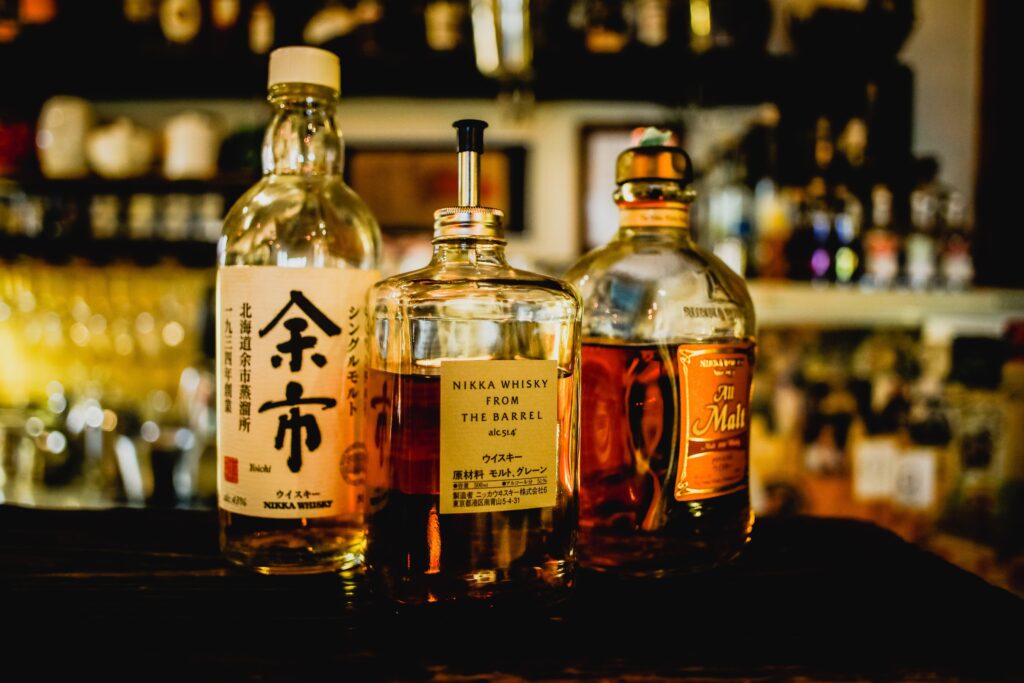
[:en]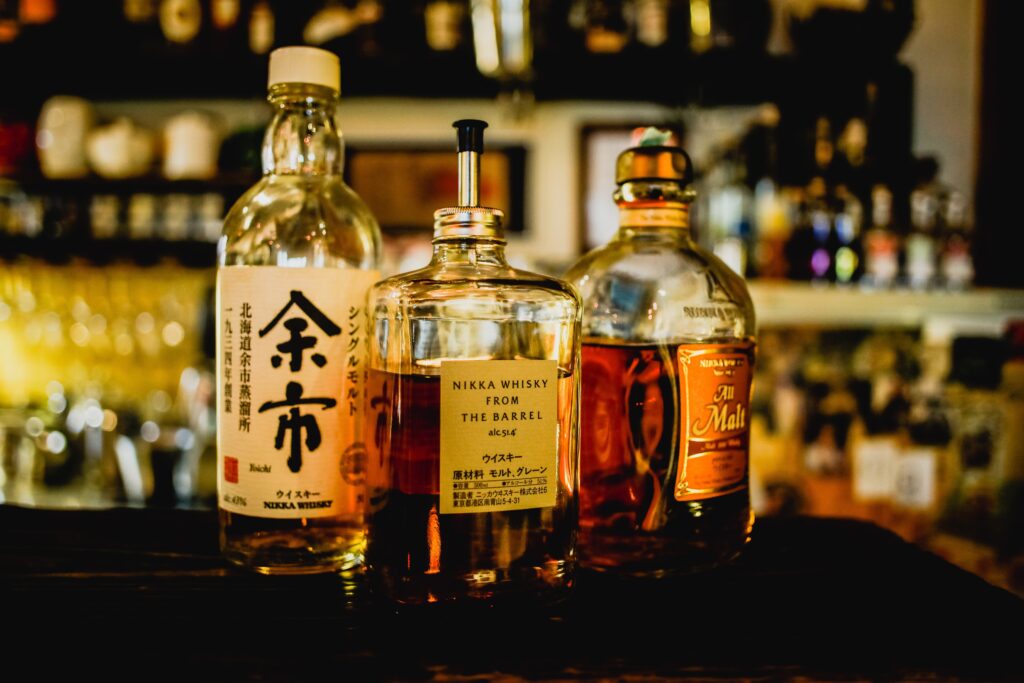
These days the Japan Spirits & Liqueurs Makers Association – a body recognized by the government and not a government body – summarized the regulations necessary for the production of Japanese whiskey with a view to “preventing illegality and protecting the consumer, contributing to improving quality”. Thus, after the Scottish, Irish and Canadian ones, the Japanese variant of the distillate also has its own 'papyrus' - inspired by the Scottish one and which will come into force from April 1st, on the occasion of the start of the new fiscal year in the State of the Rising Sun – which determines some fundamental limits. To discover the gaps and some not so immediate details, we explored the issue in depth with the bar manager of the Florentine secret bar Rasputin Daniele Cancellara, which made the theme one of its strong points.
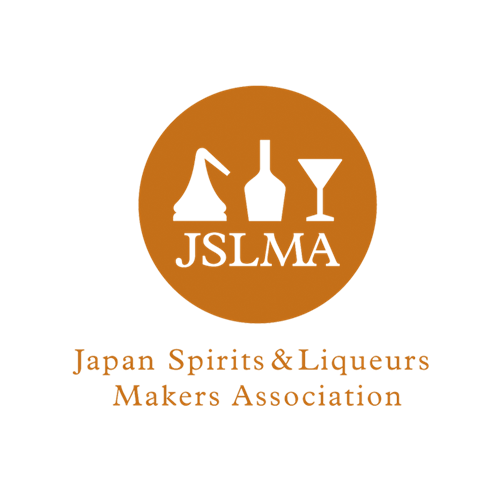 What are the rules to respect?
What are the rules to respect?
- The cereals (malted) and the water, unlike before, must necessarily come from Japan
- The three phases of sweetening, fermentation and distillation - whose alcoholic content at the beginning cannot exceed 95% vol. – must take place in a distillery in Japan
- The distillate must be transferred into wooden barrels that do not exceed the capacity of 700 L, in which it must age for at least three years (previously in Japan it could also be defined as whiskey from the day after)
- Bottling must take place in Japan
- The alcohol content of the final product cannot be less than 40% vol.
- The addition of caramel for coloring purposes is permitted
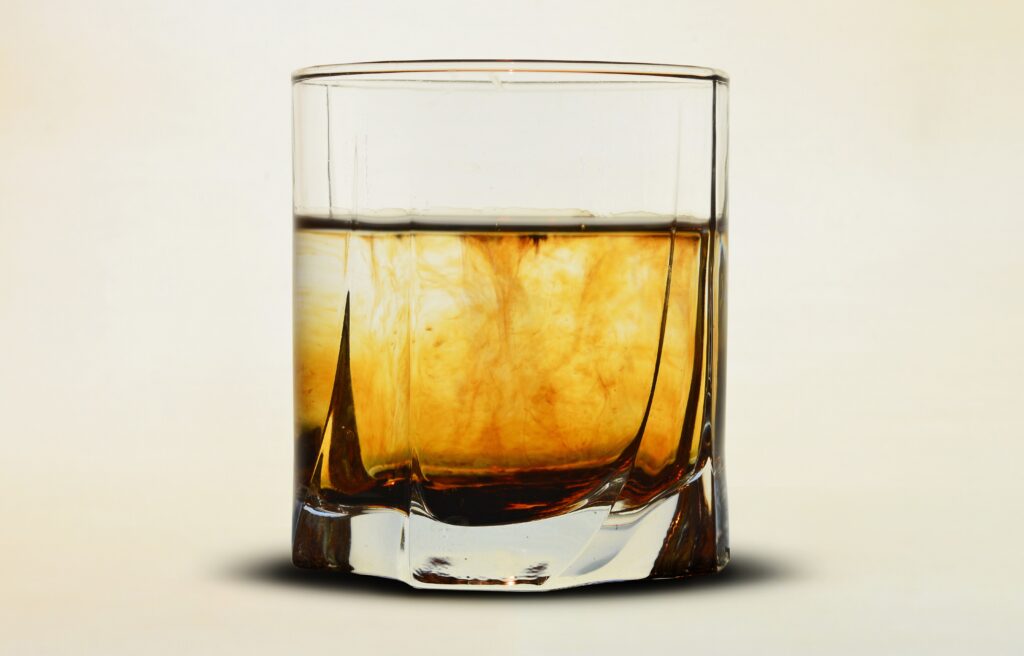
Was it really necessary?
“Yes, without a doubt. Until today there were vague laws, which allowed the production of Japanese whiskeys that had very little Japanese to them. With the entry into force of this regulation there will be many fewer Japanese whiskies, both because the entire process will have to take place in Japan - until now even just the aging phase could be carried out in the state - and because all the blends that also contained Japanese whiskeys they will no longer be able to say japanese whisky”.
Which whiskeys will it apply to?
“To all whiskies, on sale from April 1st. The regulation will be retroactive on labels already on the market, only starting from 2024. Although not all whiskey producing companies join the association, the regulation will concern all companies that intend to produce Japanese whisky".
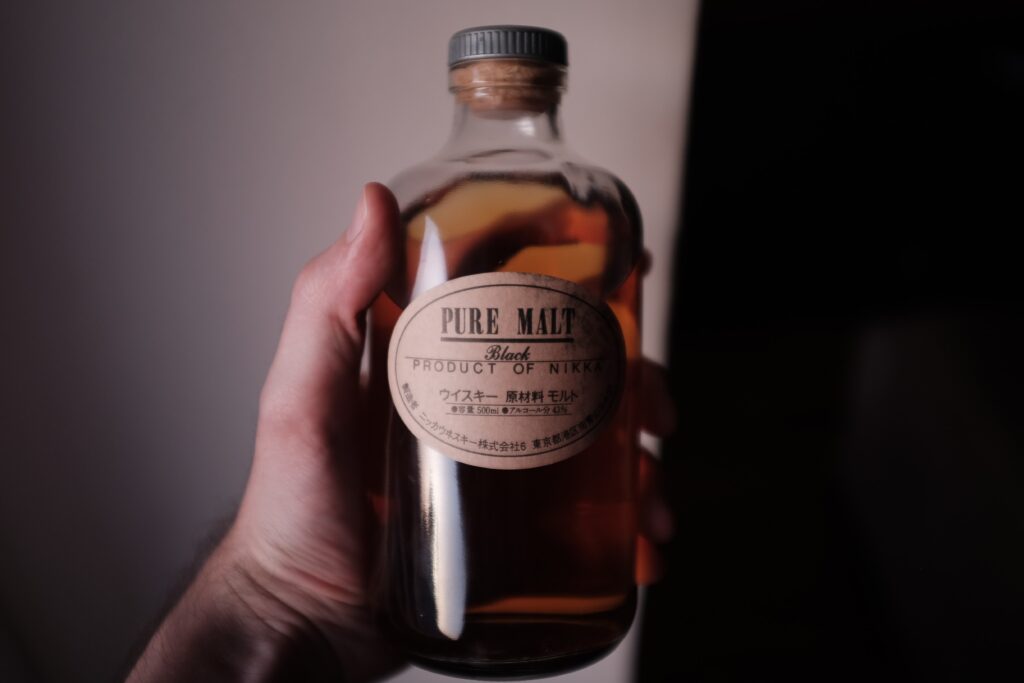
Which whiskeys can still be defined as Japanese?
The single malts produced entirely in Japan exclusively with national raw materials and the blended ones made from whiskeys entirely produced in Japan, such as Ichiro's Malt Japanese Pure Malt Whiskey Double Distilleries.
Which whiskeys will no longer be Japanese?
The so-called World Blended, a term created by Chichibu to indicate a whiskey resulting from a mixture of spirits from different countries around the world. From April 1st, the number of whiskeys bearing this wording could increase significantly.
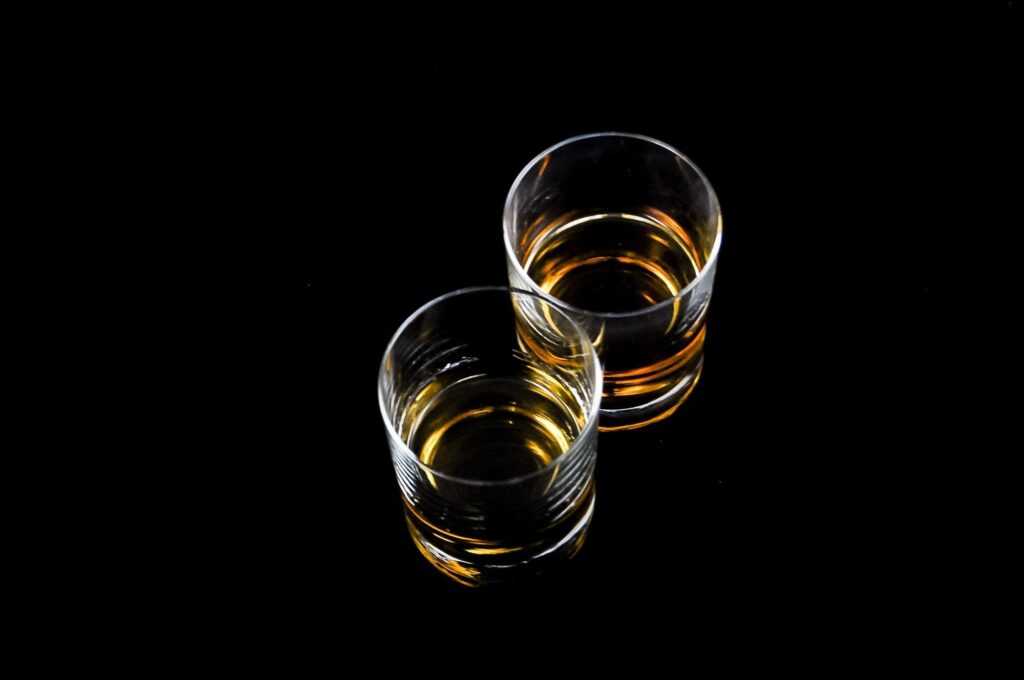
Which companies will be most affected?
All the companies that have always imported large quantities of raw materials. From the entry into force of the new regulation, in fact, only peat will be allowed to be imported to produce Japanese whisky. This could lead to an increase in national barley production, which will only be able to grow modestly due to the scarcity of free arable land.
How many Japanese whiskeys were on the market before and how many will there be after?
From the year the product was born, 1924, to today, labels have grown considerably, particularly in recent years. If the dozen distilleries active in Japan today produce around a hundred references, after April 1st only a tenth of these will still be able to be named as such.
Are there some gaps in the regulation?
Yes, while it will not be possible to indicate 'Japanese whisky', 'Nihon whisky' and 'Japan Whisky' nor elements that lead back to Japan for whiskeys that can no longer be defined as Japanese, nothing has been said, and therefore prohibited, on the use of ideograms and of the letters of the Japanese alphabet.
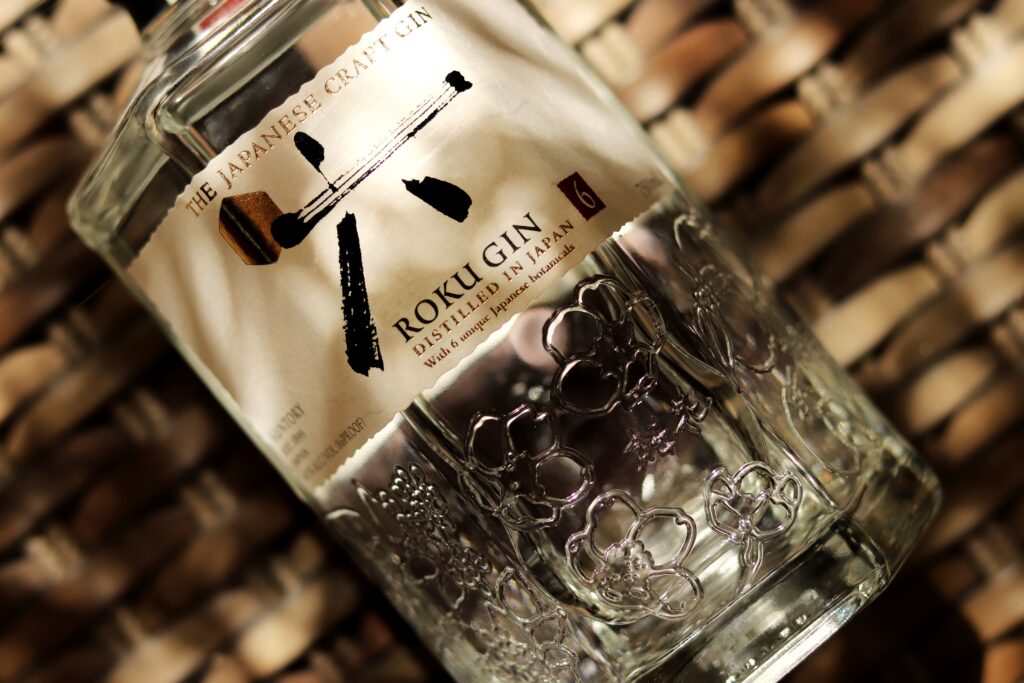
Will there be a price increase?
It is possible that single malts, on which we have already recorded an increase of 250% in the last 20 years, will cost more because the raw material will only come from Japan. However, I don't think the same will happen with regards to blended products.
At Rasputin, where you have always done a great deal of research on the topic, how will you behave?
My approach towards the product will not change. If a good whiskey that I used before can no longer be defined as Japanese, I will use it anyway. Having said that, I am happy that this regulation has been issued, because it will allow for greater clarity on a distillate that has not been regulated until now.
 [:]
[:]
